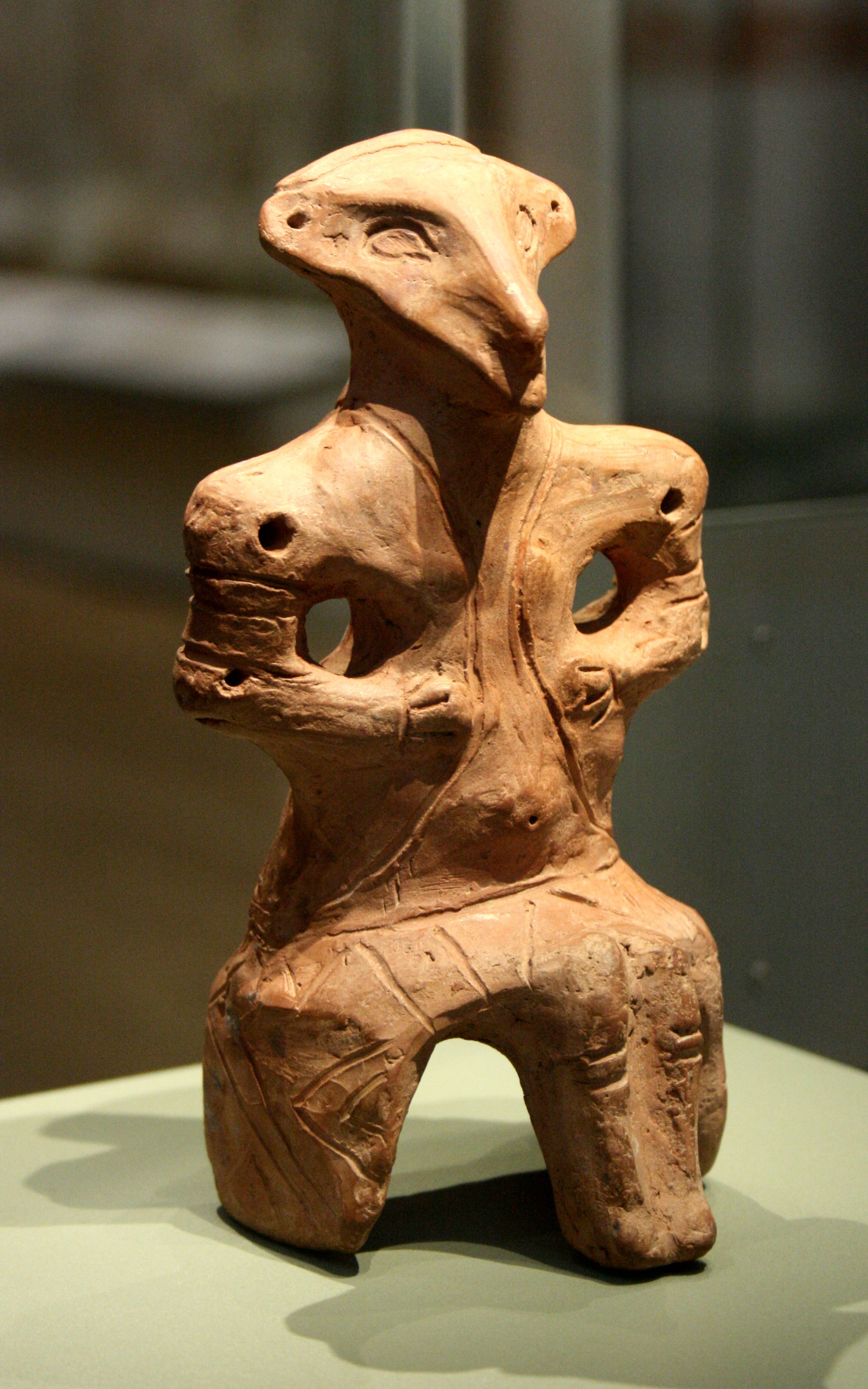|
Marburgvirus
The genus ''Marburgvirus'' is the taxonomic home of ''Marburg marburgvirus'', whose members are the two known marburgviruses, Marburg virus (MARV) and Ravn virus (RAVV). Both viruses cause Marburg virus disease in humans and nonhuman primates, a form of viral hemorrhagic fever. Both are select agents, World Health Organization Risk Group 4 Pathogens (requiring Biosafety Level 4-equivalent containment), National Institutes of Health/ National Institute of Allergy and Infectious Diseases Category A Priority Pathogens, Centers for Disease Control and Prevention Category A Bioterrorism Agents, and are listed as Biological Agents for Export Control by the Australia Group. Use of term The genus ''Marburgvirus'' is a virological taxon included in the family '' Filoviridae'', order '' Mononegavirales''. The genus currently includes a single virus species, '' Marburg marburgvirus''. The members of the genus (i.e. the actual physical entities) are called marburgviruses. The n ... [...More Info...] [...Related Items...] OR: [Wikipedia] [Google] [Baidu] |
Ravn Virus
Ravn virus (; RAVV) is a close relative of Marburg virus (MARV). RAVV causes Marburg virus disease, a form of viral hemorrhagic fever in humans and nonhuman primates. RAVV is a select agent, World Health Organization Risk Group 4 Pathogen (requiring Biosafety Level 4-equivalent containment), National Institutes of Health/ National Institute of Allergy and Infectious Diseases Category A Priority Pathogen, Centers for Disease Control and Prevention Category A Bioterrorism Agent, and listed as a Biological Agent for Export Control by the Australia Group. Use of term Ravn virus (today abbreviated RAVV, but then considered identical to Marburg virus) was first described in 1987 and is named after a 15-year old Danish boy who fell ill and died from it. Today, the virus is classified as one of two members of the species '' Marburg marburgvirus'', which is included into the genus '' Marburgvirus'', family '' Filoviridae'', order '' Mononegavirales''. The name Ravn virus is derived ... [...More Info...] [...Related Items...] OR: [Wikipedia] [Google] [Baidu] |
Marburg Virus
Marburg virus (MARV) is a hemorrhagic fever virus of the '' Filoviridae'' family of viruses and a member of the species '' Marburg marburgvirus'', genus '' Marburgvirus''. It causes Marburg virus disease in primates, a form of viral hemorrhagic fever. The World Health Organization (WHO) rates it as a Risk Group 4 Pathogen (requiring biosafety level 4-equivalent containment). In the United States, the National Institute of Allergy and Infectious Diseases ranks it as a Category A Priority Pathogen and the Centers for Disease Control and Prevention lists it as a Category A Bioterrorism Agent. It is also listed as a biological agent for export control by the Australia Group. The virus can be transmitted by exposure to one species of fruit bats or it can be transmitted between people via body fluids through unprotected sex and broken skin. The disease can cause haemorrhage, fever, and other symptoms similar to Ebola, which belongs to the same family of viruses. According to t ... [...More Info...] [...Related Items...] OR: [Wikipedia] [Google] [Baidu] |
Filoviridae
''Filoviridae'' () is a International Committee on Taxonomy of Viruses, family of RNA virus#Group_V_–_negative-sense_ssRNA_viruses, single-stranded negative-sense RNA viruses in the order (biology), order ''Mononegavirales''. Two members of the family that are commonly known are Zaire ebolavirus, Ebola virus and Marburg virus. Both viruses, and some of their lesser known relatives, cause severe disease in humans and nonhuman primates in the form of viral hemorrhagic fevers. All filoviruses are classified by the US as select agents, by the World Health Organization as Risk Group 4 Pathogens (requiring Biosafety, Biosafety Level 4-equivalent containment), by the National Institutes of Health/National Institute of Allergy and Infectious Diseases as Category A Priority Pathogens, and by the Centers for Disease Control and Prevention as Bioterrorism, Category A Bioterrorism Agents, and are listed as Biological Agents for Export Control by the Australia Group. Use of term The Interna ... [...More Info...] [...Related Items...] OR: [Wikipedia] [Google] [Baidu] |
Virus
A virus is a submicroscopic infectious agent that replicates only inside the living Cell (biology), cells of an organism. Viruses infect all life forms, from animals and plants to microorganisms, including bacteria and archaea. Viruses are found in almost every ecosystem on Earth and are the most numerous type of biological entity. Since Dmitri Ivanovsky's 1892 article describing a non-bacterial pathogen infecting tobacco plants and the discovery of the tobacco mosaic virus by Martinus Beijerinck in 1898, more than 16,000 of the millions of List of virus species, virus species have been described in detail. The study of viruses is known as virology, a subspeciality of microbiology. When infected, a host cell is often forced to rapidly produce thousands of copies of the original virus. When not inside an infected cell or in the process of infecting a cell, viruses exist in the form of independent viral particles, or ''virions'', consisting of (i) genetic material, i.e., long ... [...More Info...] [...Related Items...] OR: [Wikipedia] [Google] [Baidu] |
Mononegavirales
''Mononegavirales'' is an order of negative-strand RNA viruses which have nonsegmented genomes. Some members that cause human disease in this order include Ebola virus, human respiratory syncytial virus, measles virus, mumps virus, Nipah virus, and rabies virus. Important pathogens of nonhuman animals and plants are also in the group. The order includes eleven virus families: '' Artoviridae'', '' Bornaviridae'', ''Filoviridae'', '' Lispiviridae'', '' Mymonaviridae'', '' Nyamiviridae'', ''Paramyxoviridae'', '' Pneumoviridae'', ''Rhabdoviridae'', '' Sunviridae'', and '' Xinmoviridae''. Use of term The order ''Mononegavirales'' (pronounced: ) According to the rules for taxon naming established by the International Committee on Taxonomy of Viruses (ICTV), the name ''Mononegavirales'' is always to be capitalized, italicized, and never abbreviated. The names of the order's physical members ("mononegaviruses" or "mononegavirads") are to be written in lower case, are not italicized, ... [...More Info...] [...Related Items...] OR: [Wikipedia] [Google] [Baidu] |
International Committee On Taxonomy Of Viruses
The International Committee on Taxonomy of Viruses (ICTV) authorizes and organizes the taxonomic classification of and the nomenclature for viruses. The ICTV develops a universal taxonomic scheme for viruses, and thus has the means to appropriately describe, name, and classify every virus taxon. The members of the International Committee on Taxonomy of Viruses are considered expert virologists. The ICTV was formed from and is governed by the Virology Division of the International Union of Microbiological Societies. Detailed work, such as identifying new taxa and delimiting the boundaries of species, genera, families, etc. typically is performed by study groups of experts in the families. History The International Committee on Nomenclature of Viruses (ICNV) was established in 1966, at the International Congress for Microbiology in Moscow, to standardize the naming of virus taxa. The ICVN published its first report in 1971. For viruses infecting vertebrates, the first report i ... [...More Info...] [...Related Items...] OR: [Wikipedia] [Google] [Baidu] |
Suffix
In linguistics, a suffix is an affix which is placed after the stem of a word. Common examples are case endings, which indicate the grammatical case of nouns and adjectives, and verb endings, which form the conjugation of verbs. Suffixes can carry grammatical information (inflectional endings) or lexical information ( derivational/lexical suffixes)''.'' Inflection changes the grammatical properties of a word within its syntactic category. Derivational suffixes fall into two categories: class-changing derivation and class-maintaining derivation. Particularly in the study of Semitic languages, suffixes are called affirmatives, as they can alter the form of the words. In Indo-European studies, a distinction is made between suffixes and endings (see Proto-Indo-European root). A word-final segment that is somewhere between a free morpheme and a bound morpheme is known as a suffixoidKremer, Marion. 1997. ''Person reference and gender in translation: a contrastive investigation of ... [...More Info...] [...Related Items...] OR: [Wikipedia] [Google] [Baidu] |
Article (grammar)
In grammar, an article is any member of a class of dedicated words that are used with noun phrases to mark the identifiability of the referents of the noun phrases. The category of articles constitutes a part of speech. In English language, English, both "the" and "a(n)" are articles, which combine with nouns to form noun phrases. Articles typically specify the grammatical definiteness of the noun phrase, but in many languages, they carry additional grammatical information such as grammatical gender, gender, grammatical number, number, and grammatical case, case. Articles are part of a broader category called determiners, which also include demonstratives, possessive determiners, and Quantifier (linguistics), quantifiers. In linguistic interlinear glossing, articles are list of glossing abbreviations, abbreviated as . Types of article Definite article A definite article is an article that marks a definiteness, definite noun phrase. Definite articles, such as the English ''t ... [...More Info...] [...Related Items...] OR: [Wikipedia] [Google] [Baidu] |
Italic Type
In typography, italic type is a cursive font based on a stylised form of calligraphic handwriting. Along with blackletter and roman type, it served as one of the major typefaces in the history of Western typography. Owing to the influence from calligraphy, italics normally slant slightly to the right, ''like so''. Different glyph shapes from roman type are usually usedanother influence from calligraphyand upper-case letters may have Swash (typography), swashes, flourishes inspired by ornate calligraphy. Historically, italics were a distinct style of type used entirely separately from roman type, but they have come to be used in conjunction—most fonts now come with a roman type and an oblique type, oblique version (generally called "italic" though often not true italics). In this usage, italics are a way to emphasise key points in a printed text, to identify many types of creative works, to cite foreign words or phrases, or, when quoting a speaker, a way to show which w ... [...More Info...] [...Related Items...] OR: [Wikipedia] [Google] [Baidu] |
Capitalization
Capitalization ( North American spelling; also British spelling in Oxford) or capitalisation (Commonwealth English; all other meanings) is writing a word with its first letter as a capital letter (uppercase letter) and the remaining letters in lower case, in writing systems with a case distinction. The term also may refer to the choice of the casing applied to text. Conventional writing systems ( orthographies) for different languages have different conventions for capitalization, for example, the capitalization of titles. Conventions also vary, to a lesser extent, between different style guides. In addition to the Latin script, capitalization also affects the Armenian, Cyrillic, Georgian and Greek alphabets. The full rules of capitalization in English are complicated. The rules have also changed over time, generally to capitalize fewer words. The conventions used in an 18th-century document will be unfamiliar to a modern reader; for instance, many common nouns were capital ... [...More Info...] [...Related Items...] OR: [Wikipedia] [Google] [Baidu] |
Belgrade
Belgrade is the Capital city, capital and List of cities in Serbia, largest city of Serbia. It is located at the confluence of the Sava and Danube rivers and at the crossroads of the Pannonian Basin, Pannonian Plain and the Balkan Peninsula. The population of the Belgrade metropolitan area is 1,685,563 according to the 2022 census. It is one of the Balkans#Urbanization, major cities of Southeast Europe and the List of cities and towns on the river Danube, third-most populous city on the river Danube. Belgrade is one of the List of oldest continuously inhabited cities, oldest continuously inhabited cities in Europe and the world. One of the most important prehistoric cultures of Europe, the Vinča culture, evolved within the Belgrade area in the 6th millennium BC. In antiquity, Thracians, Thraco-Dacians inhabited the region and, after 279 BC, Celts settled the city, naming it ''Singidunum, Singidūn''. It was Roman Serbia, conquered by the Romans under the reign of Augustus and ... [...More Info...] [...Related Items...] OR: [Wikipedia] [Google] [Baidu] |






